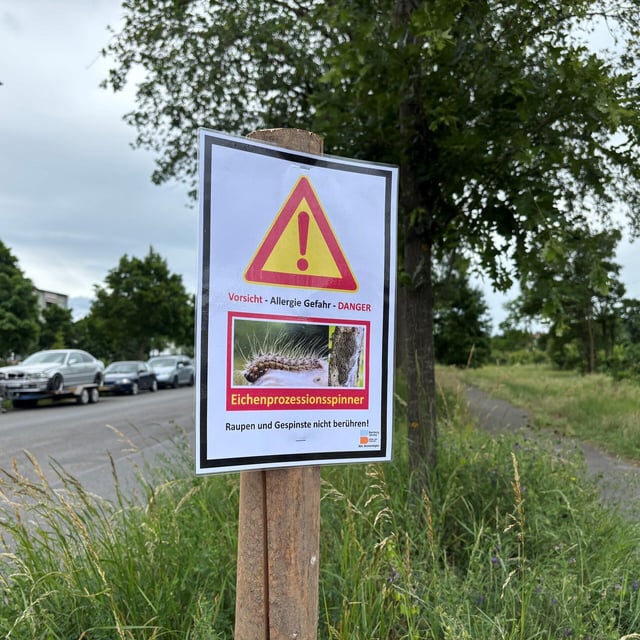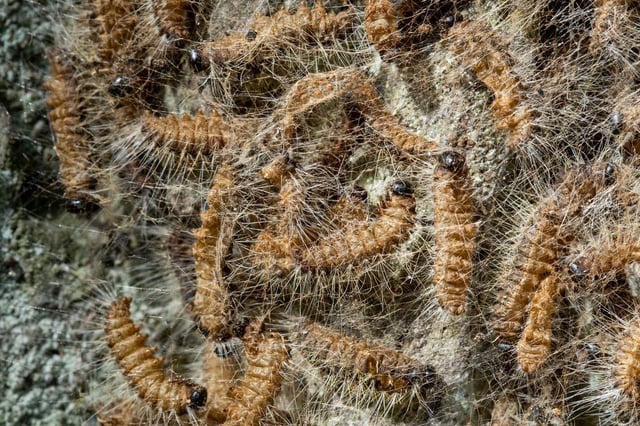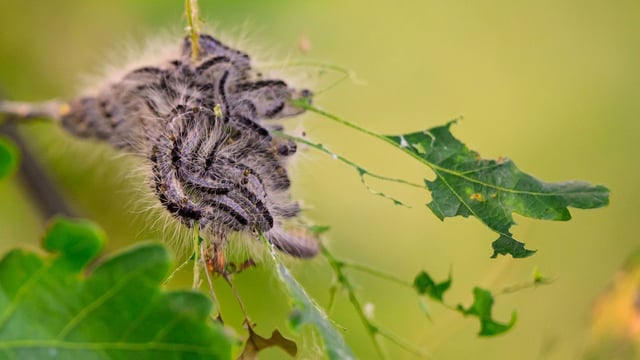Overview
- Two regions in Saxony have emerged as the most severely infested, while neighboring Saxony-Anhalt continues to report widespread caterpillar presence.
- Hatchlings appear in April and May, stripping oak leaves and weakening trees against other pests and environmental stressors.
- Larval hairs contain toxins that can provoke serious skin irritation and respiratory issues, leading to public advisories on exposure and treatment.
- Municipal authorities are deploying specialized removal teams to eradicate nests and intensify monitoring around parks, schools and forests.
- Researchers link the moth’s northward spread and rising population density to warmer winters and springs driven by climate change.


